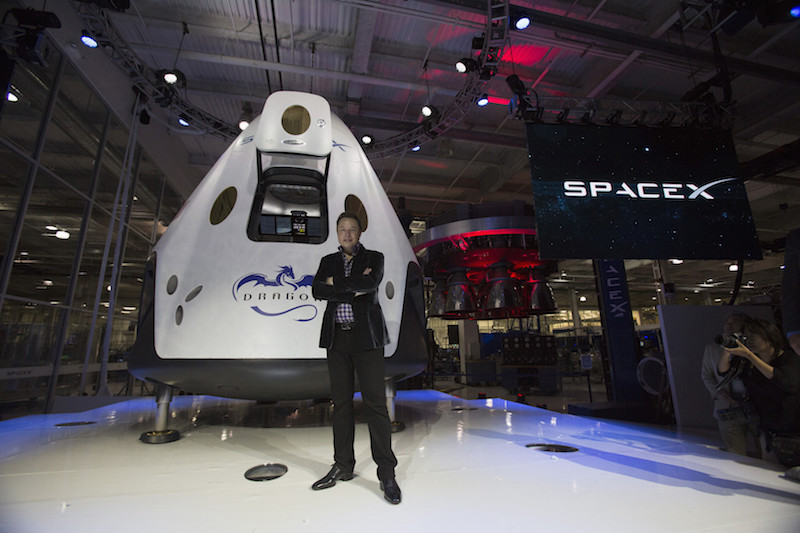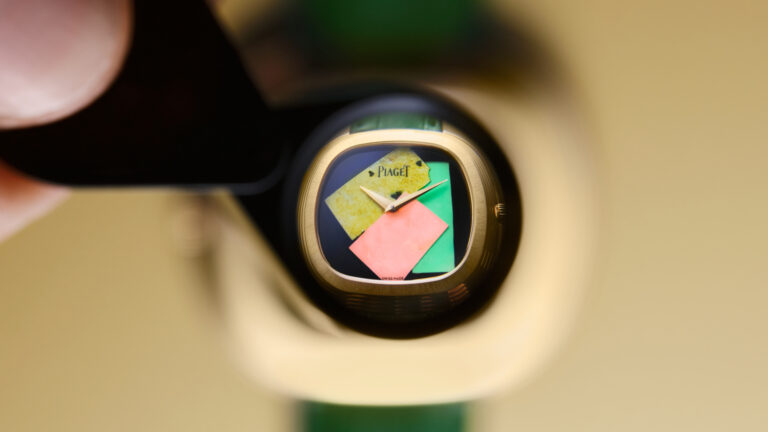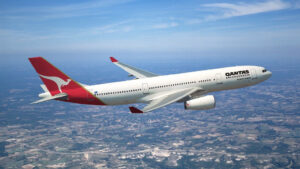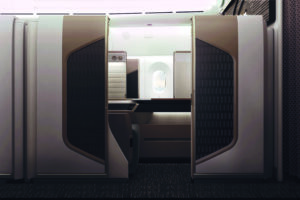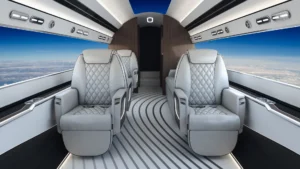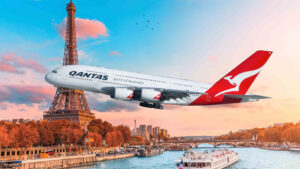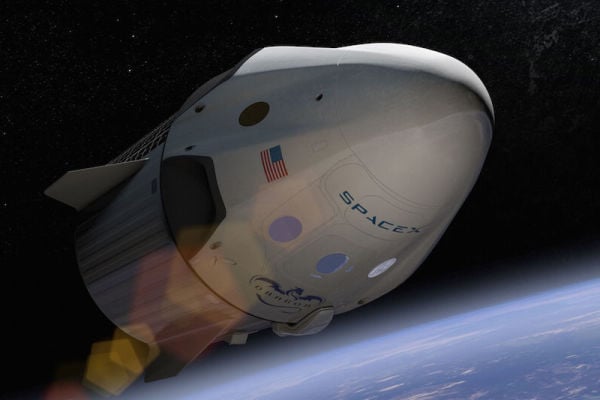
If there’s ever been a time to wonder whether or not tech billionaire and SpaceX founder Elon Musk is really just a Bond villain, it’s probably now. Musk announced earlier today that SpaceX will fly two private citizens on a trip around the moon in 2018, having already taken significant deposits from two space tourists for the trip. No humans have travelled past low Earth orbit since the final Apollo mission in 1972, nearly 45 years ago. (Low-earth orbit is essentially the first rung on the ladder in being to space, where some satellites that circle the Earth reside.)
For takeoff, SpaceX will use the same launch pad near Cape Canaveral, Florida, that was used for NASA’s Apollo program missions, with the California-based startup to use its Falcon Heavy rocket to send the two passengers into space aboard one of the company’s Dragon spacecraft.
“Like the Apollo astronauts before them, these individuals will travel into space carrying the hopes and dreams of all humankind, driven by the universal human spirit of exploration,” SpaceX representatives boldly said in a statement. While the names of the two individuals will be announced later pending the result of initial health tests to ensure their fitness for the mission, Musk announced via a phone conference with media that the two passengers will be the only people on board what is expected to be about a weeklong trip. When asked about the ballpark cost of the mission, Musk said, “I can’t say the exact cost, that’s confidential. It would be comparable to maybe a little more than what the cost of a crewed mission to the space station would be.”
NASA currently pays about $80 million per seat on the three-person Russian Soyuz vehicle. SpaceX’s first commercial crew contract with the agency is for $2.6 billion; the company is required to provide at least two and up to six flights to the station on the Dragon capsule, which can carry seven passengers at a time. That breaks down to anywhere from US $433 million to US $1.3 billion per flight.
Musk said the moon trip will contribute to SpaceX’s ultimate goal of establishing permanent colonies on Mars. “The goal for SpaceX, from its founding in 2002, has been to accelerate … space exploration, ultimately with the idea of a self-sustaining civilization on Mars and making humanity multiplanetary,” he said. “So a critical step along the way is getting to know what it’s like to have people in deep space.”
